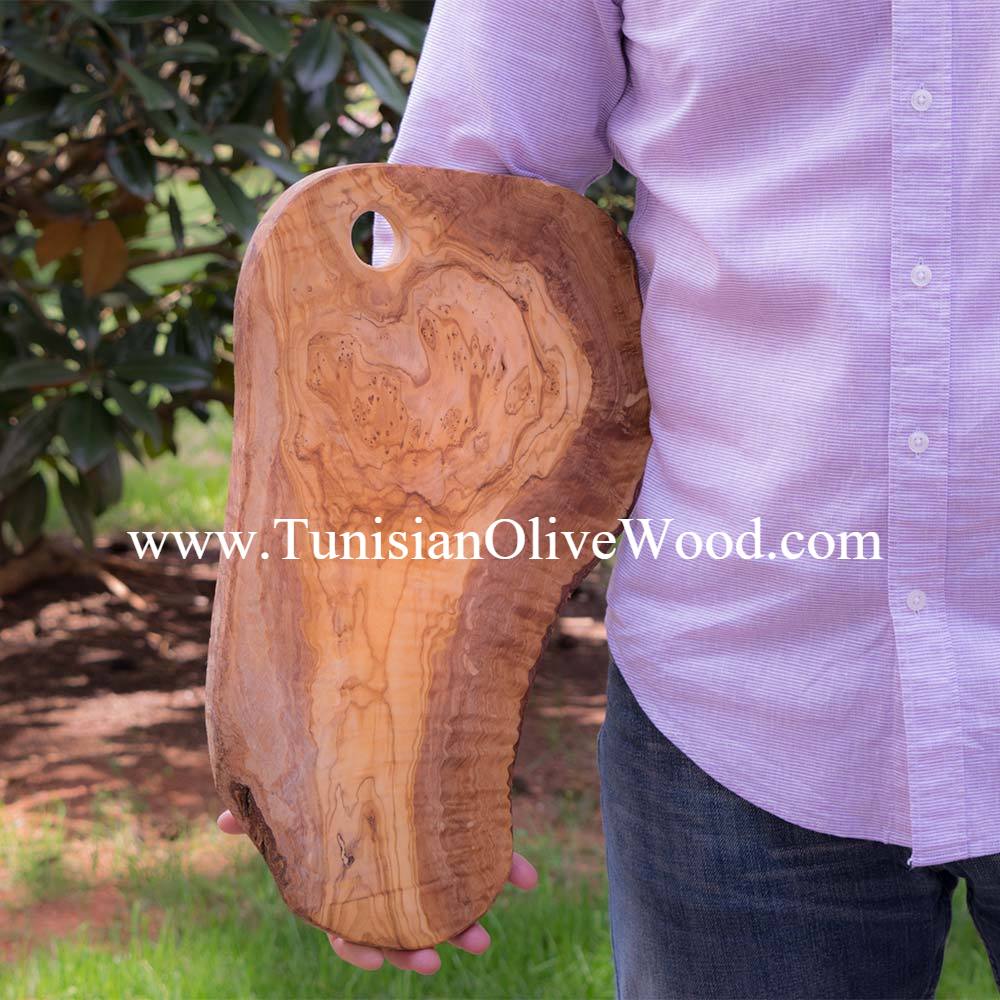No other work surface compares when it comes to cleanliness, knife maintenance, and - let's be honest - attractiveness.
Ask a chef what their most important tool is, and they’ll probably say a knife. A good knife makes cooking far easier and more pleasant, but only when it’s paired with a trusty partner – the cutting board. Having a proper cutting board is important because it keeps a knife from going dull too soon.
There is really only one kind of cutting board you should buy, and that is a wooden one. The idea that plastic can be cleaned and disinfected more thoroughly than wood is wrong. Wood absorbs residual food-borne bacteria after manual cleaning with soapy hot water, but it holds the bacteria inside, where it cannot multiply and eventually dies. Studies have found that, even when a ‘contaminated’ wooden cutting board is sliced open with a sharp knife, the bacteria do not come out.
Plastic cutting boards, by contrast, can only be truly disinfected when they’re brand new. As soon as they have cut marks on the surface, which is the case for most household cutting boards, they’re difficult to clean because they trap the bacteria in hard-to-reach crevices but do not possess any natural antimicrobial qualities that can kill it.
Dean O. Cliver, a professor food safety at University of California Davis and lead researcher on this topic, told Rodale:
“With the plastic, after manual washing as I would do under my kitchen faucet, we could still recover bacteria from grooves.” Dishwashers didn’t eliminate the problem either because the bacteria didn’t actually die—they were re-deposited on other surfaces in the dishwasher. And tests on old plastic boards treated with disinfectants such as chlorine bleach still found levels of residual bacteria hiding in grooves, he adds".
Other cutting board materials include stainless steel and glass, but Dr. Cliver is not a fan of those either. From his original study:
“We are aware that there are other food preparation surfaces… We have done very little with these because they are quite destructive of the sharp cutting edges of knives, and therefore introduce another class of hazard to the kitchen.”
Wooden cutting boards make sense from a financial and environmental standpoint. A plastic board should be thrown away once it’s damaged, which is terribly wasteful. As far as I know, they’re not recyclable. A hardwood cutting board, which costs more up front, can easily last decades, even an entire life. Bamboo boards, which have come into vogue since Cliver’s study was first published, are harder than hardwood, which means they dull knives faster, but they do come from a faster-growing source, making them more environmentally friendly.
Treat your wooden boards kindly. Wash promptly with soapy hot water after preparing foods and towel-dry to avoid warping. If possible, keep separate cutting boards for meat and non-meat foods. Rub walnut or almond oil into the board once a week. If it makes you feel better, you can occasionally disinfect a wooden cutting board by microwaving it (5 minutes for a large one, 2 minutes for a small one), although this is not necessary.
Thanks to treehugger for this article.
Tag: #Olive #wood #tray #dish #saladtray #assiette #olivewoodtray#olivewood #saladbowls #Bowls #Handcrafted #olivetree #oliventræ#boisdolivier #olivenholz #holzbrett #holz #wood #주부 #onthetable #아스파라거스 #요리 #홈쿡 #온마이테이블 #요리스타그램 #키친 #주방스타그램 #홈 #집스타그램 #맘스타그램 #여자스타그램

